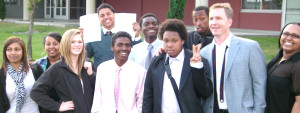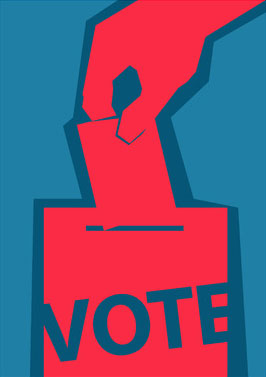test
Civics studies have provided the winning moral, intellectual, and political strategies in America’s anti-racism playbook for centuries. Civics lessons and civic awareness has played a venerable and essential role in the lives of endless generations who have sought equitable treatment under the laws for themselves and, tellingly, for others.
Race, equity, and civics are intertwined at the hips, especially in schools and classrooms where avenues for change and movement towards progress are sought. While it may be possible to lead a class of school children in a meaningful discussion about race and equity without discussing civics/politics, the absence of the clarifying frameworks offered by civics/politics makes forming meaningfully analytical and evaluative claims almost impossible.
If we want to give our students — and teachers — the best range of “tools” that the social studies offers to dissect, address, and fix race and equity problems in America, we must infuse civic knowledge and political analysis into All of our classrooms. If our schools are the nurseries of democracy then the study of democracy– e.g. civics — should be front and center in the scholarly search for freedom, justice, and equality which all citizens deserve.
E PLURIBUS UNUM — “From the multi-cultural many, the political one.”
University of Washington Education/Political Science Professor Walter Parker brilliantly summed up our nation’s creed some years ago with this “translation.” It highlights the notion of tolerance of diversity, with a concomitant urge for unity around the singular ideal of democracy— from the many, the one. The notion that in the one we can find and devise ways to get along, apart from our often vast cultural differences, is uniquely—and beautifully — American.
Research on the Civics Gap:
- Closing the Civics Achievement Gap – by Maira Levinson of Harvard and CIRCLEHarvard Professor Meira Levinson‘s research shows that: there are there are significant gaps in students’ knowledge about government, based on their families’ socio-economic status. This civics gap, which parallels the achievement gap, starts as early as fourth grade, and continues into the eighth and twelfth grades. Levinson shows that African-American, Hispanic, and poor students attain significantlylower scores on the civicstest of the National Assessment of Educational Progress (NAEP) than White, Asian, and middle-class students.” 1 To read more…
- Democracy for Some–The Civic Opportunity Gap in High School; by Joseph Kahne and Ellen Middaugh, CIRCLE 2008″In our study of high school civic opportunities, we found that a student’s race and academic track, and a school’s average socioeconomic status (SES) determines the availability of the school-based civic learning opportunities that promote voting and broader forms of civic engagement. High school students attending higher SES schools, those who are college-bound, and white students get more of these opportunities than low-income students, those not heading to college, and students of color.”
- CIRCLE Working Paper 59: “Democracy for Some: The Civic Opportunity Gap in High School”
- Civic Engagement Among Minority Youth
by Karlo Barrios Marcelo, Mark Hugo Lopez, and Emily Hoban Kirby, January 2007
While the majority of young African-Americans between ages 15-25 believe government should do more to solve problems, there has been a nearly 20-point increase since 2002 in the percentage of young African-Americans who say that “government is almost always wasteful and inefficient.” This shift in attitudes was also found for young people of all racial groups, though not as drastic as among adult African-Americans.






